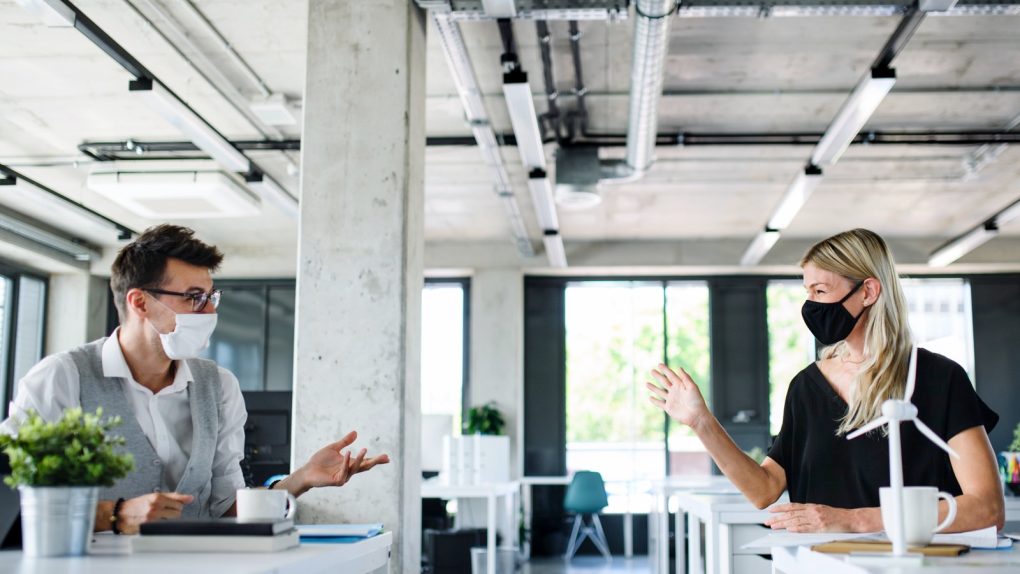- Corning, the company that manufactures strong glass products for smartphones and other devices, came up with a paint solution to neutralize pathogens like the novel coronavirus.
- Corning Guardiant is a copper-based additive for paint that kills 99.9% of bacteria and viruses that land on surfaces.
- Pending approval from the EPA, Corning and its partner PPG will start selling antiviral paint products that can neutralize SARS-CoV-2.
After almost a year of COVID-19, most people know that you can catch the illness from touching surfaces that have been contaminated. The risk is minimal but real, as the novel coronavirus can survive on surfaces anywhere from a few hours to a few days. In certain conditions, the virus can last for almost a month on surfaces like smartphone glass. The simplest way to mitigate that risk is to wash your hands often during the day and use sanitizer whenever soap and water aren’t readily available. Not touching your face is also a good idea when your hands might be contaminated. That’s how the virus gets into your eyes, mouth, and nose, potentially infecting you.
Scientists are already studying various ways to inactivate the virus in public settings, including UV light and plasma. Corning, the makers of the durable glass that protects iPhone and Android devices, has come up with an invention of its own that can kill 99.9% of bacteria and viruses, including SARS-CoV-2, in less than two hours.
Today’s Best Deal

Corning announced on Thursday a technology called Corning Guardiant. It’s a “new breakthrough in glass-ceramic technology” that allows Corning to add a copper additive to glass-ceramic technology that will turn that surface into a pathogen-killing machine. The company says that tests showed a “highly durable antimicrobial activity against SARS-CoV-2,” the virus that causes COVID-19. The paint coating was still effective against the virus even after Corning simulated six years of scrubbing.
According to its research, Corning Guardiant can kill pathogens within two hours, including gram-positive bacteria like Staphylococcus aureus, gram-negative bacteria like Pseudomonas aeruginosa, and non-enveloped viruses like the murine norovirus “which belongs to the hardest-to-kill class of viruses in terms of its susceptibility to disinfectants.” Corning’s Guardiant coating works under both wet and dry testing conditions, the company said. Comparatively, products that use silver and zinc work best in wet contamination tests.
“We strive to create innovations that make the world a better place,” Corning chairman and chief executive officer Wendell P. Weeks said. “Our scientists have developed this unique paint additive using our highly engineered glass-ceramic technology. We are excited about the new lab results and look forward to working with our valued partner PPG.”
The paint technology relies on copper to kill the germs on surfaces, whether they’re bacteria or viruses like the novel coronavirus. It’s unclear when the Corning Guardiant product will be available and in what tech products it could be used. But the company said in the announcement that it’s working with PPG and seeking EPA registration for Guardiant products. Pending EPA approval, the new PPG paint product will be available under the name of Copper Armor, the company said.
Corning released a couple of videos on YouTube that explain the risk of fomite transmission for virus and bacteria and the tech that allows certain paints to neutralize pathogens — check them both out below:








